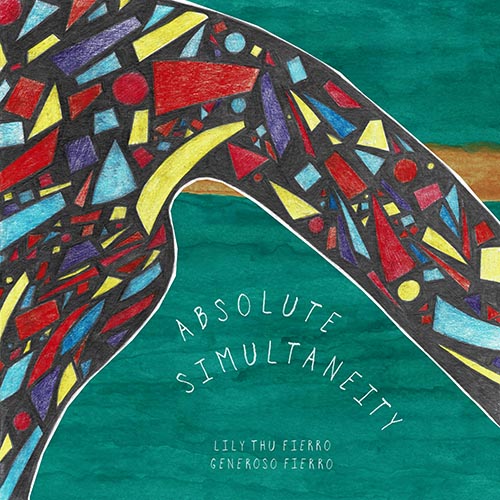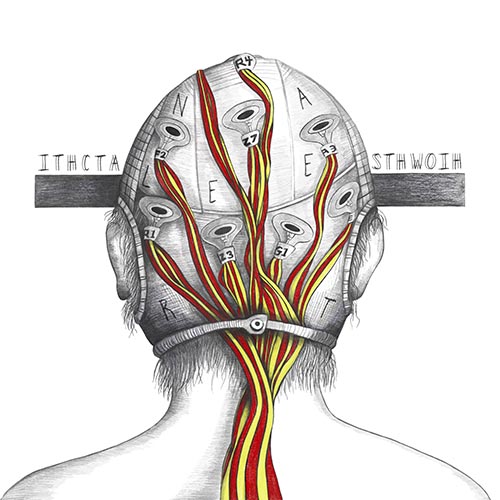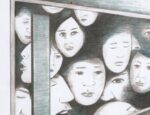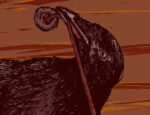There’s something comforting about artists choosing to publish what they want, without worrying about whether established publishers will put their weight behind it. Lily Thu Fierro and Generoso Fierro’s latest 64-page effort Absolute Simultaneity is a great case in point. Like much of their earlier work, it is impossible to pin down, which is precisely what makes it appealing. One takes away something new with each reading because, like a mini graphic novel of ideas, it packs a lot of information into tight spaces.

For what it’s worth, the book focuses on an unnamed protagonist who has stepped away from her personal and professional commitments. She has decided to abstain from any wilful acts that go towards the building of a daily existence. Chores and calls are ignored or deflected, the pantry is left unstocked, and everything that is supposedly important is pushed aside in favour of something more natural. She induces a state of deprivation in pursuit of a purer, less cluttered path. The result hovers between a place of clarity and, for lack of a better analogy, the autism spectrum.
If that description sounds particularly vague, it is in keeping with tropes that cognitive scientist Lily and illustrator Generoso have consistently pursued. Their ‘scientist/subject triptych’ — Vessel, Inversion, and Chua — all skirted around mutable boundaries separating humans from the external world. Absolute Simultaneity asks similar questions, albeit in different ways. Like her creators, this protagonist also eschews rules to watch the surprising ways in which things unfurl.
Interestingly, the duo oversteps their own boundaries this time, with Lily Fierro’s opaque watercolours now featured alongside Generoso’s contributions to the narrative.

That the book manages to tap into our seemingly all-pervasive environment of anxiety with such economy is admirable, and due in part to the little cues sprinkled across some panels. The protagonist’s bookshelf, for instance, has philosophers like René Descartes and Anicius Manlius Severinus Boethius sharing space with the poet Algernon Swinburne. There are parallels drawn subtly between her acts of defiance and what those thinkers grappled with in their own time. There is also an intriguing reference to shark conservation and bilaterian animals (which this reviewer had to look up, on account of not being a scientist), all of which ties into constantly evolving notions of connectivity, as well as age-old ideas about how nature and humanity cohabit and coexist in each moment.

There is a long-standing argument among physicists about whether absolute simultaneity exists, and whether it can be distinguished from relative simultaneity. These are questions that have been pored over for centuries in some form or another. What the Fierros manage to do almost effortlessly is remind us that the most complex ideas are, at their heart, profoundly simple to grasp.
All one must be prepared to do is step out of the way and pay attention.
Lily Thu Fierro and Generoso Fierro • Self-published, $25.00
Review by Lindsay Pereira













